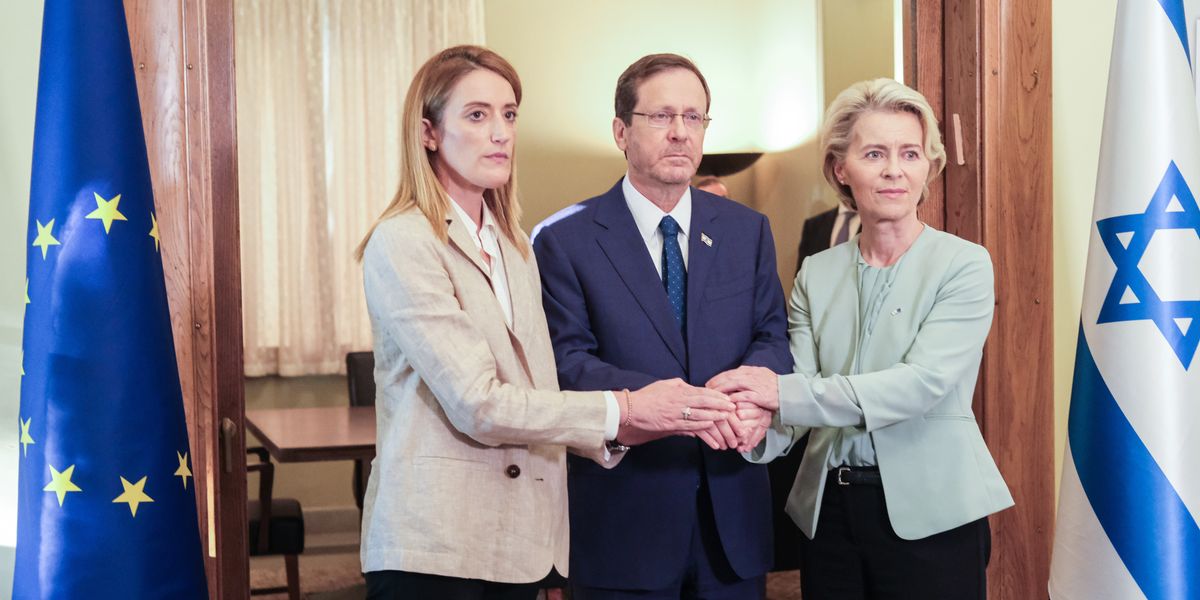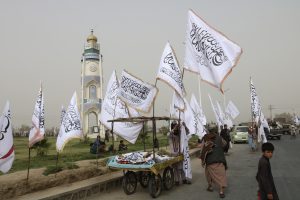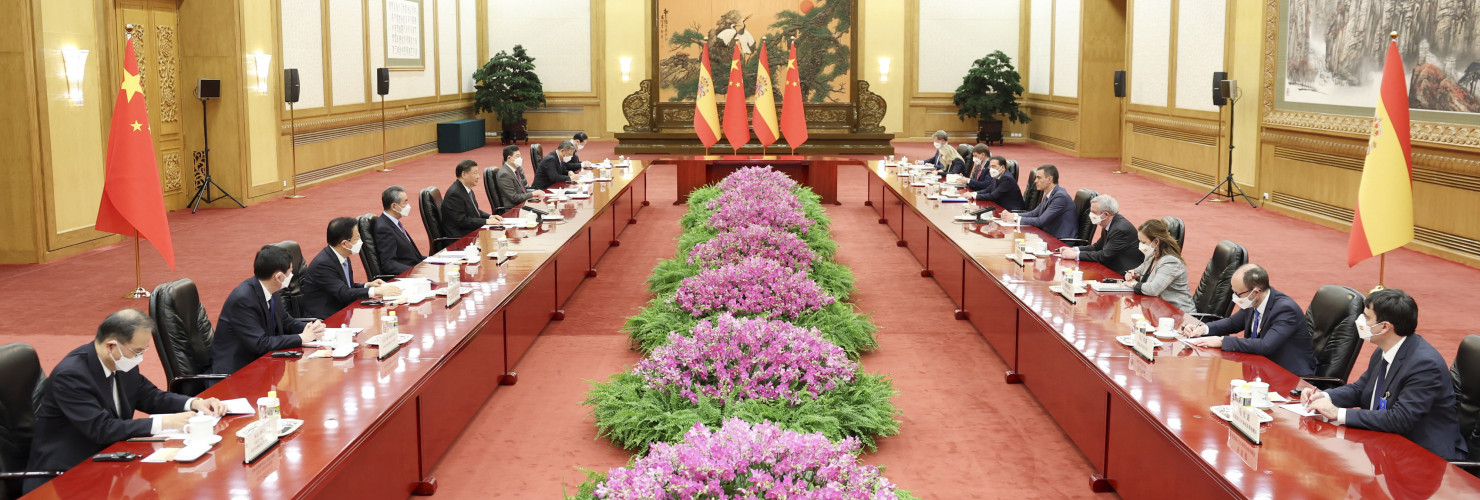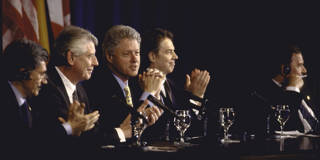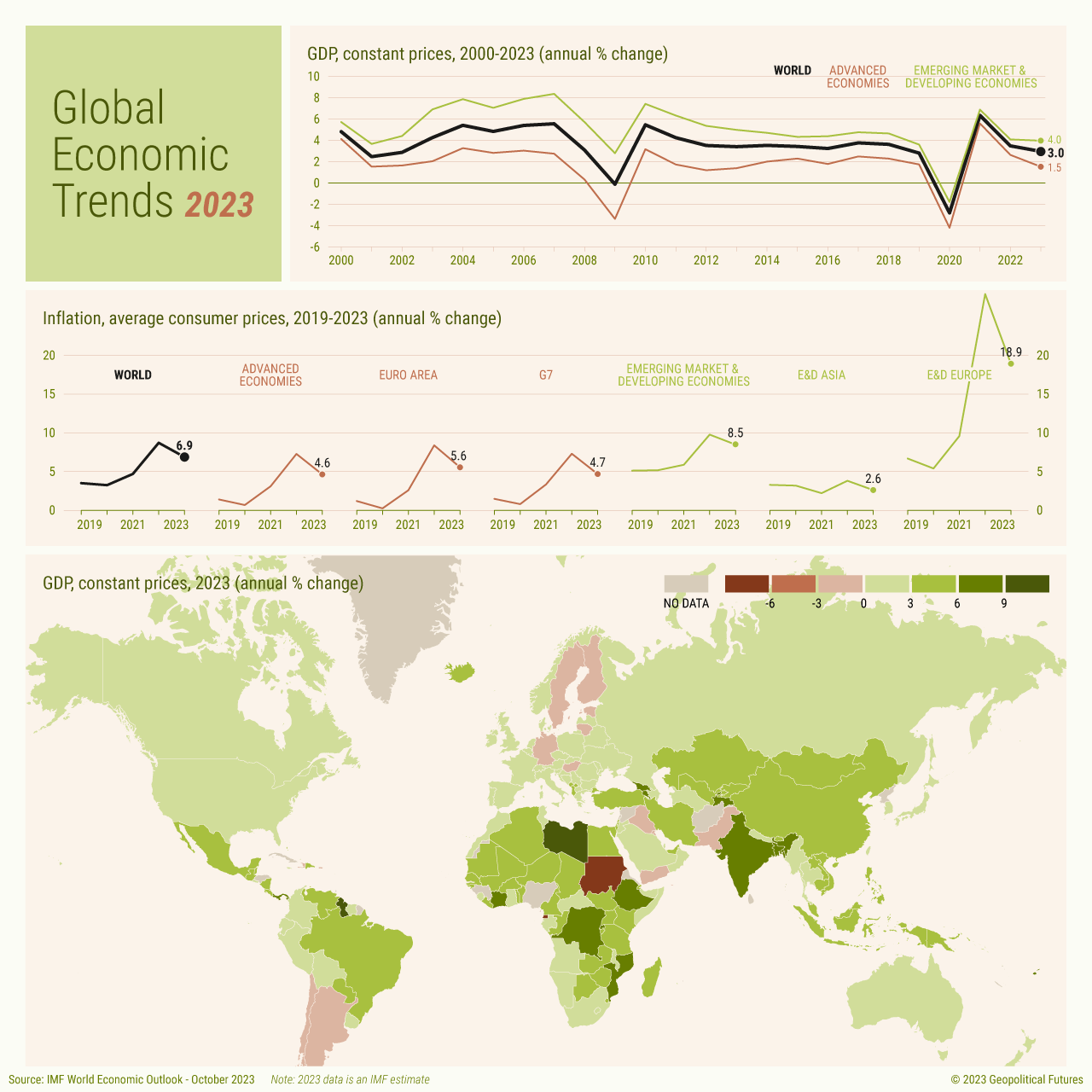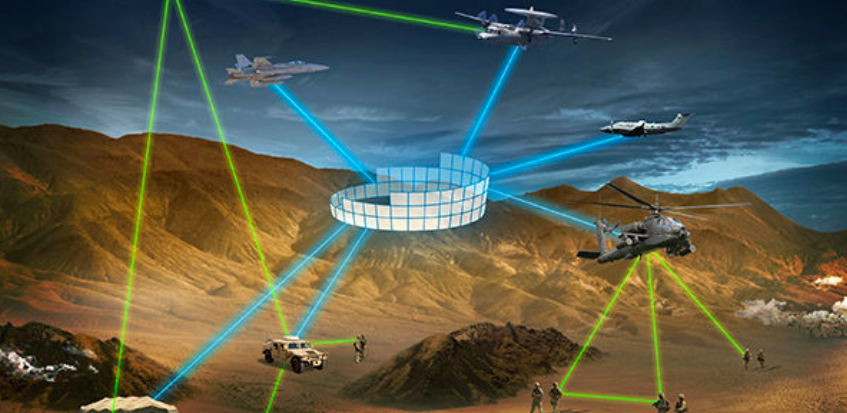Dan De Luce and Lisa Cavazuti
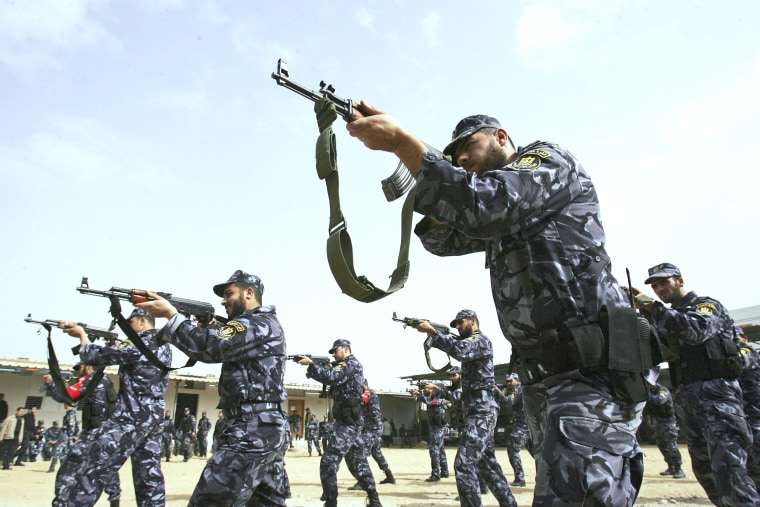
Gaza is plagued by poverty, but Hamas has no shortage of cash. Where does it come from?
Hamas has an investment portfolio of real estate and other assets worth $500 million, say experts, and an annual military budget of as much as $350 million.
Members of the Hamas-led government executive security forces take part in an armed exercise inside their base in 2007.Abid Katib / Getty Images file
The unemployment rate in Gaza is 47% and more than 80% of its population lives in poverty, according to the United Nations. Hamas, however, has funded an armed force of thousands equipped with rockets and drones and built a vast web of tunnels under Gaza. Estimates of its annual military budget range from $100 million to $350 million, according to Israeli and Palestinian sources.
As the U.S. House and Senate will be asking in separate hearings Wednesday and Thursday, where does all that cash come from?
Since coming to power in the Gaza Strip 17 years ago, Hamas has filled its coffers with hundreds of millions in international aid, overt and covert injections of cash from Iran and other ideological partners, as well as cryptocurrency, taxes, extortion and smuggling, according to current and former U.S. officials and regional experts.
